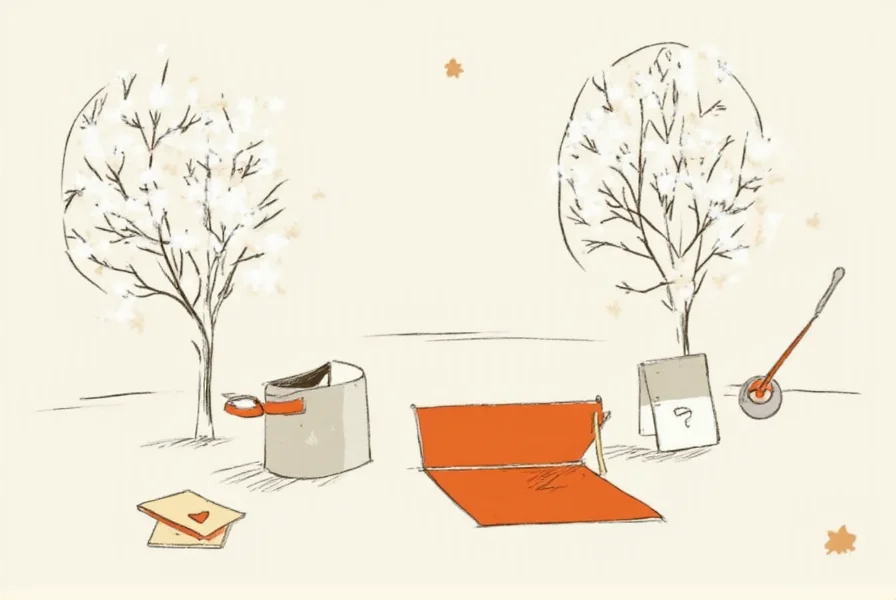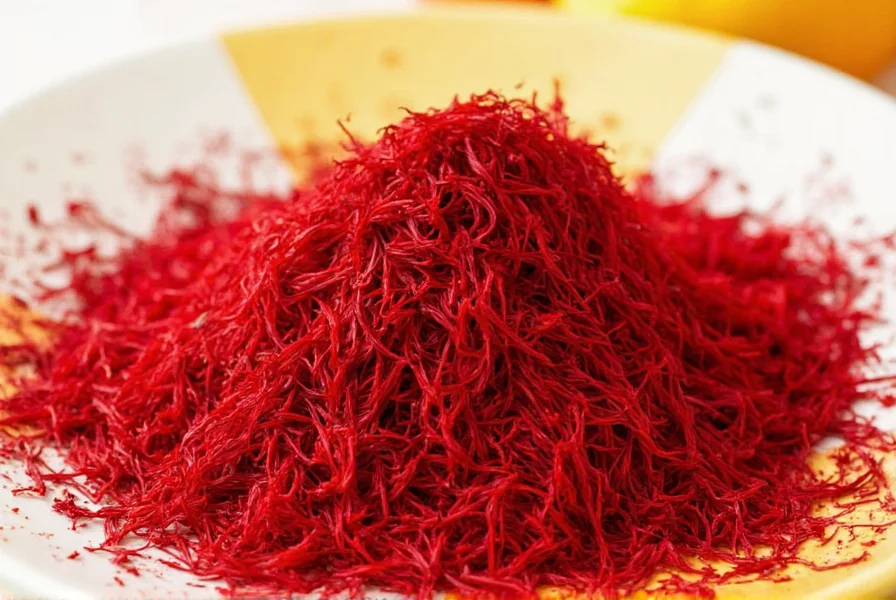Introduction: The Red Gold Rush
Saffron. That crimson thread that costs more than your monthly coffee budget. If you’ve ever stared at a tiny bottle of saffron in awe and horror—wondering how something so small can cost so much—you’re not alone.
The cost of saffron per oz is no laughing matter—it’s one of the most expensive spices in the world, often fetching hundreds or even thousands of dollars per ounce. But why? And more importantly—how do we stretch its value without going broke? Let's dive into the golden (or should I say red?) details.
The Real Cost of Saffron Per Oz: Why It Hurts Your Wallet
Let’s break this down with a bit of sass and science. Saffron comes from the dried stigmas of the Crocus sativus flower. Each bloom only produces three stigmas—and they have to be plucked by hand. Yep, this isn’t some automated assembly line process.

So What Exactly Drives Up the Cost of Saffron Per Oz?
- Labor-Intensive Harvest: One ounce of saffron takes around 50,000–75,000 flowers. Imagine picking those by hand.
- Low Yield: You get very little usable product per plant.
- Climate Specific: Grows best in certain regions like Iran, Spain, India, and Greece.
- Purity Matters: Adulterated saffron is common. Pure strands = high price.
Cost Comparison Table
| Spice | Average Cost per Ounce |
|---|---|
| Saffron | $50–$500+ |
| Vanilla Beans | $10–$40 |
| Cardamom | $10–$20 |
| Nutmeg | $2–$5 |
As you can see, saffron doesn't just sit at the top of the spice rack—it sits at the top of the economy too.
Spice Storage Hacks: Keep That Saffron Glowing
Once you’ve dropped serious coin on a vial of saffron, you want it to last as long as possible. Here are some genius (and slightly over-the-top) storage hacks to keep your saffron in perfect condition.

Storage Tips for Maximum Shelf Life
- Keep It Dark: Store saffron in an airtight container away from light. UV rays degrade flavor fast.
- Stay Dry: Moisture is the enemy. Silica gel packets are your friends.
- Cool Temperatures: Refrigeration works wonders, but make sure it's sealed tight.
- Don’t Grind Too Soon: Whole threads last longer than powdered saffron. Wait until you're ready to use it before grinding.
Usage Tips: Stretch Every Strand
You bought saffron, now what? You don’t want to waste a single strand, right? Here are some pro tips to maximize every crumble and sprinkle.

How to Use Saffron Like a Boss
- Bloom It Right: Soak strands in warm water, broth, or milk for 10–15 minutes before adding to dishes. This releases flavor and color beautifully.
- Use Less, Taste More: A pinch goes a long way. Overdoing it leads to bitterness.
- Mix With Neutral Ingredients: Add saffron to rice, cream, or butter to evenly distribute color and flavor.
- Pair Smartly: Saffron loves seafood, citrus, vanilla, and almonds. Make those pairings sing!
- Freeze Leftovers: Freeze any leftover soaked saffron in ice cube trays for future meals.
Buying Guide: How to Pick the Best Saffron on the Market
Buying saffron is like choosing a luxury car: there are fakes, knock-offs, and premium models. Here's how to find the real deal and know if you’re getting your money’s worth.
What to Look For When Buying Saffron
- Origin: Iranian saffron (especially from Khorasan) is known for high quality. Spanish La Mancha is also reputable.
- Color: Deep red threads with orange tips—avoid pale or yellowish strands.
- Purity: Only stigmas, no styles or other flower parts included.
- Certifications: ISO-certified saffron means better traceability and quality assurance.
- Smell: Should smell earthy and floral—not musty or dusty.
Top 3 Recommended Saffron Products
| Product | Features | Best For | Price Range |
|---|---|---|---|
| Iranian Super Negin Saffron | Grade AAA, pure stigma, rich aroma | Professional chefs and gourmet cooking | $80–$200/oz |
| Spanish La Mancha Saffron | DOP certified, vibrant color, balanced flavor | Paella lovers and home cooks | $40–$60/oz |
| Organic Indian Saffron (Kashmiri) | Eco-friendly farming, bold coloring power | Health-conscious users and traditional recipes | $30–$50/oz |
Frequently Asked Questions About Saffron Cost
How much does saffron cost per ounce?
The cost of saffron per ounce typically ranges from $50 to $500+, depending on quality and origin. Premium Iranian Super Negin saffron averages $80–$200/oz, Spanish La Mancha $40–$60/oz, and Kashmiri saffron $30–$50/oz. Lower prices often indicate adulterated or inferior grades.
Why is saffron more expensive than gold by weight?
Unlike gold, saffron requires harvesting 50,000–75,000 delicate crocus flowers by hand to produce just one ounce of dried stigmas. The entire process—from planting to drying—must happen within a narrow seasonal window and cannot be mechanized, creating extreme labor costs.
How can I verify if expensive saffron is worth the price?
Check for three indicators: 1) Deep crimson color with minimal yellow styles, 2) Strong hay-like aroma (not dusty or musty), 3) Certification labels like ISO 3632 or DOP. When soaked in warm water, genuine saffron releases a rich golden hue within minutes—not instant red dye (a sign of fakes).
Does more expensive saffron actually taste better?
Yes—premium saffron (like Super Negin grade) contains higher concentrations of crocin (color), picrocrocin (flavor), and safranal (aroma). You’ll need 30–50% less than lower grades to achieve the same potency, making high-quality saffron more cost-effective per use despite the higher upfront price.
What’s the biggest mistake people make when buying saffron?
Purchasing powdered saffron without verification. Over 70% of powdered saffron is adulterated with fillers like turmeric or paprika. Always buy whole threads from reputable vendors with lab reports, and never pay more than $10/oz for powder—it’s guaranteed to be fake.
Conclusion: Worth the Price?
At the end of the day, the cost of saffron per oz may sting, but when used properly, it's one of those rare ingredients that elevate a dish from “meh” to “magnifique.” Whether you’re a culinary adventurer or a seasoned chef, investing in quality saffron—and learning how to store and use it smartly—is totally worth it.
Now go forth, buy wisely, store cleverly, and sprinkle sparingly. Because saffron isn’t just a spice—it’s a lifestyle.










 浙公网安备
33010002000092号
浙公网安备
33010002000092号 浙B2-20120091-4
浙B2-20120091-4